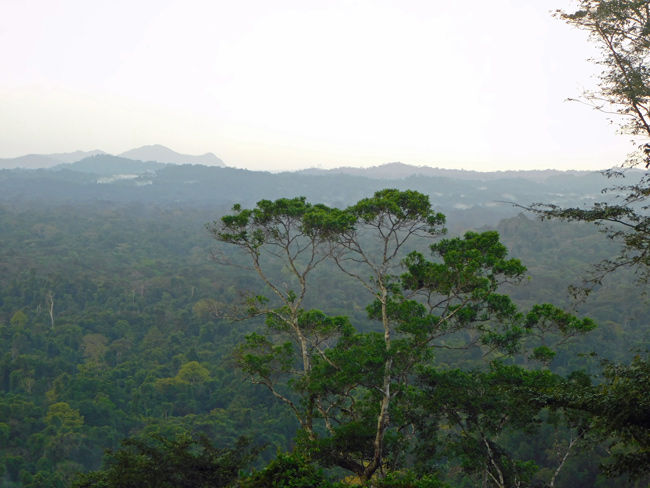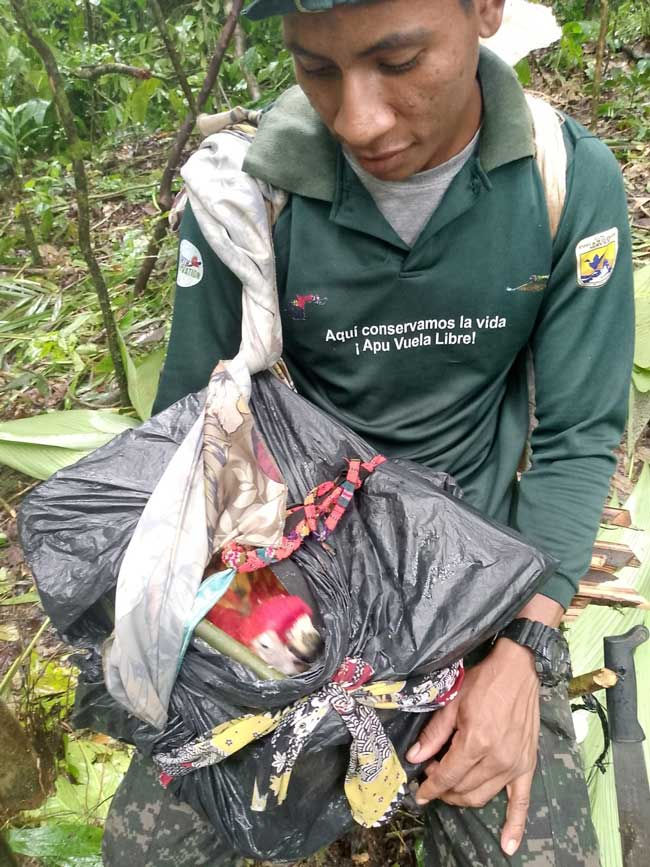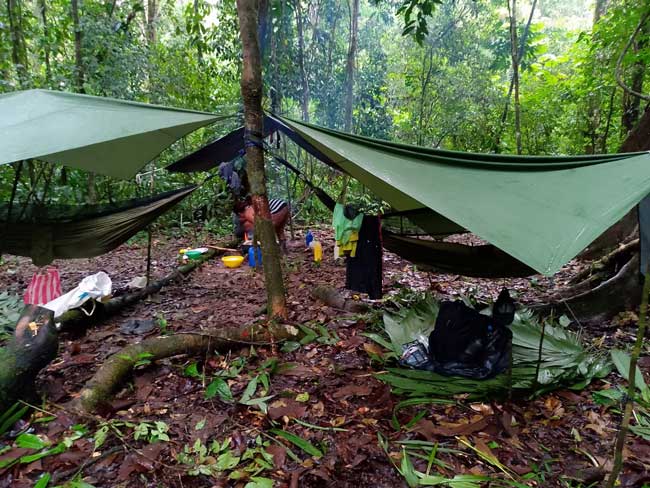Right as Rain: Parrot Conservation in La Moskitia, Honduras
- LoraKim Joyner
- Jul 23, 2025
- 2 min read
Every year of parrot conservation has its own personality and outcomes. This year in La Moskitia, Honduras the scarlet macaws are nesting later than usual, with many nests fledging throughout July. In other years the chicks, after 3 months in the nest, leave before July. With July fledglings, many nests and the patrollers responsible for them encounter the rainy season, which increases in intensity from June into July. This year the rain was particularly heavy.
Despite difficulties with travel and camping, the patrollers persevered.
Neither heat nor rain nor heat nor gloom of night stays these conservationists from the swift completion of their appointed patrols. (video by Sleth Coban)
Dr. Dayana Serano accompanied the patrollers into the Indigena Wildlife Sanctuary that we helped establish with nearby communities, despite the heavy rain and threats to the patrollers because of their conservation activities. Dayana has been working at the Rescue and Liberation Center of La Moskitia (the Center) for 10 years and wanted to experience personally the Sanctuary where the critically endangered great green macaw nests.

Rainy forest view from the Indigena Parrot Sanctuary in La Moskitia (photo by Wesly Lacuth)
Rain soaked camping during extended patrols in the Sanctuary (photo by Dayana Serrano)

Wild scarlet macaw chicks in a natural cavity in the forest Sanctuary. The one on the left had a beak deformity and had to be rescued. They are almost 8 weeks of age. (photo by Wesly Lacuth)
They experienced rain every day during their eight-day patrol. The accumulation of rain washed out bridges so the project truck could not transport them back to the village after their patrol was completed. As a result, they had to walk over 15 kilometers in the rain, bringing back an injured chick from a wild nest to our Center.

Ranger caring for chick during the long walk back to the community (photo by Dayana Serrano)

Patrollers with Dr. Dayana Serano return wet but pleased to have saved this chick
The rain can also flood nests, killing chicks, and in others, damage feathers. With the added weight of being wet, chicks upon their first flight can plummet to the ground. We are rescuing wild chicks now every week that, due to rain or other issues, fail to successfully fledge and land on the ground where they are vulnerable to predators, including humans. As a result, our rescue center is hopping with activity.

Rescued chicks in the Center (photo by Dayana Serrano)
We give thanks to the staff of the Center and the patrollers, whose work is right, courageous, and productive. So bring on the rains and the rescued chicks, so that hope may wash over us as we see the number of birds saved and flying free increase.






Comments